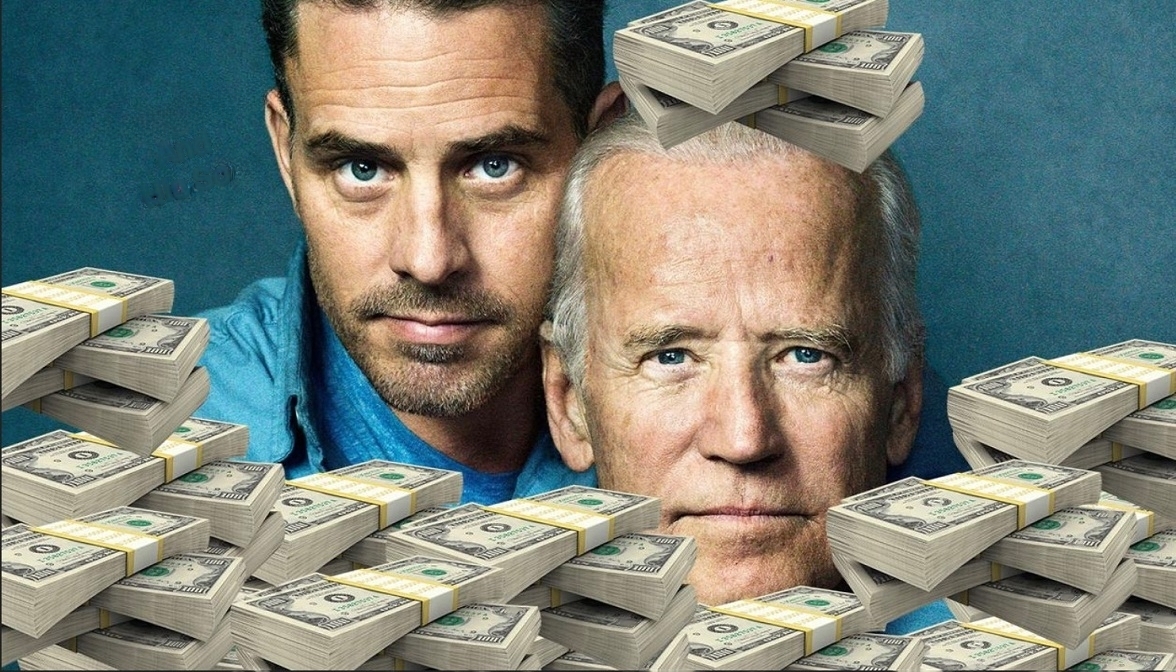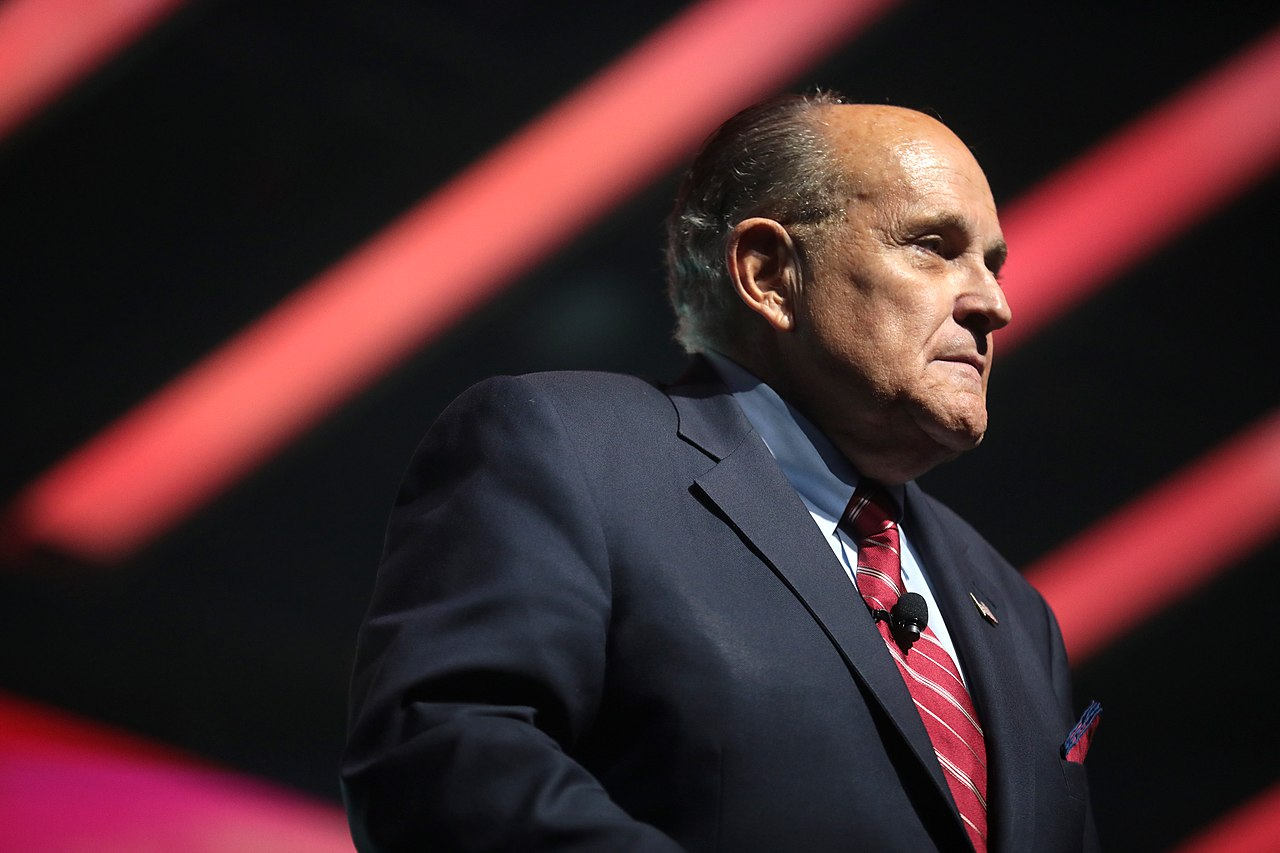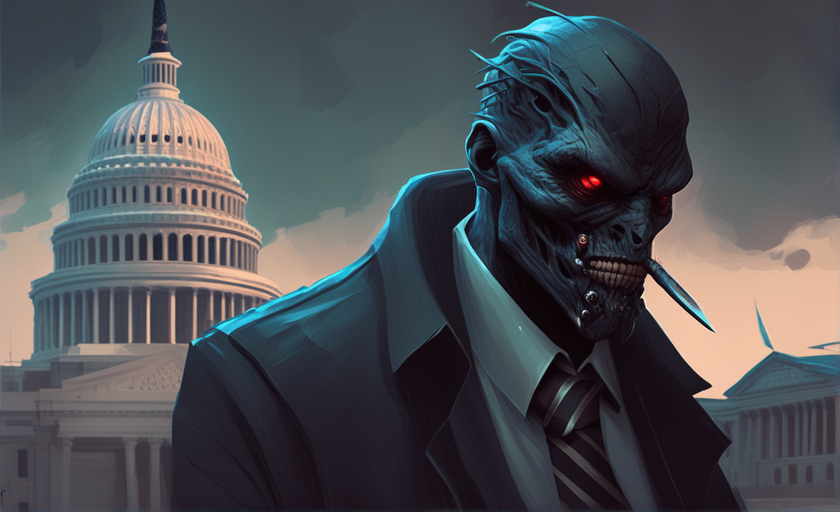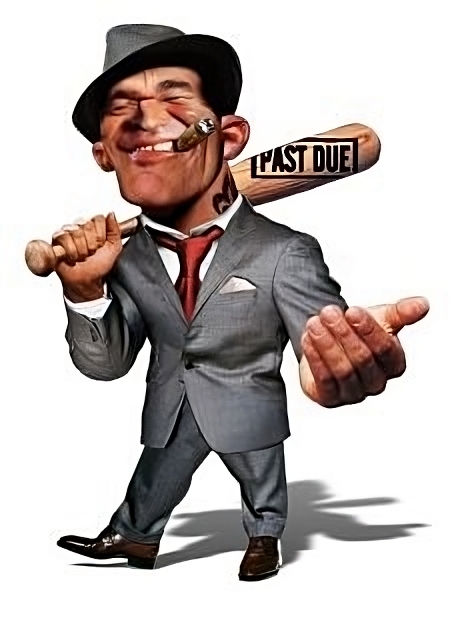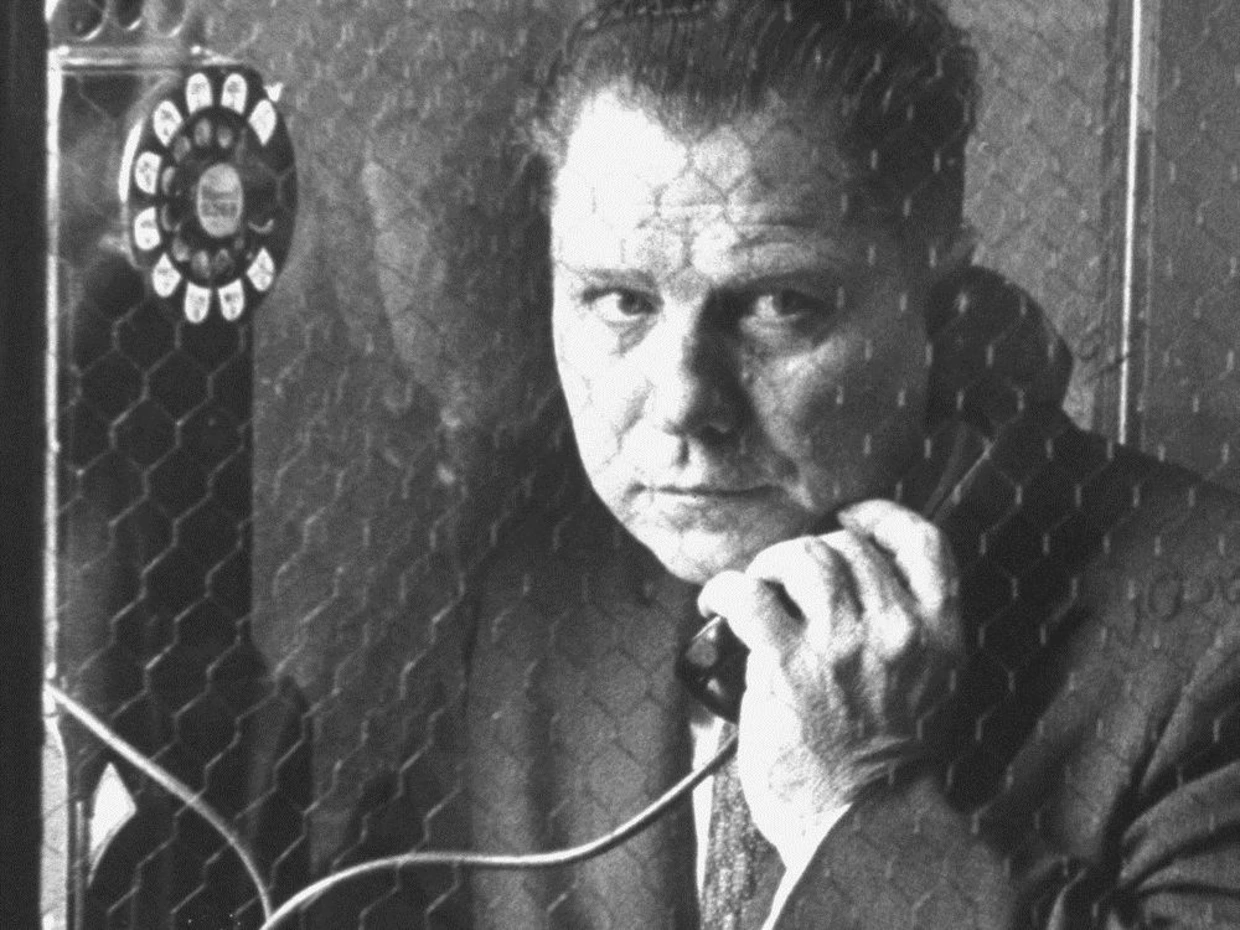In the tapestry of American politics, there are those who serve their nation with a noble devotion, upholding the ideals of liberty and justice. And then there are those whose paths meander through the labyrinth of power, leaving perplexing questions in their wake. Joe Biden, a name synonymous with decades of public service, has undertaken such a journey. One that has led him not only through the corridors of power, but also to a realm of financial prosperity that raises eyebrows and stirs the imagination. How did a career public servant amass such a fortune? A tale of lucrative connections, international dealings, and shadowy alliances emerges, casting a puzzling shadow over the narrative of his life.
The story unfolds against the backdrop of geopolitical intrigue, where faraway lands like China, Ukraine, and Romania become central to a narrative that could easily be the stuff of a political thriller. We look into the curious chapters that chronicle Biden’s entanglements and financial successes that belie his position as a mere public servant.
Whispers of China: The Silk Road to Wealth
As the dawn of the 21st century broke, China was already emerging as a global economic powerhouse, and its tendrils of influence reached far and wide. It’s in this context that Joe Biden, a seasoned politician, would find himself entangled in the lucrative web spun by the East. Critics raise questions: how could a public servant with a modest salary amass a fortune while simultaneously navigating the delicate waters of diplomatic relations?
The tale takes us to the Biden family’s joint venture with the Bank of China in 2013, during Biden’s tenure as Vice President. The creation of a private equity fund raised eyebrows, as it seemed to offer a gateway to the financial juggernaut that was China. Skeptics pointed to the inherent conflict of interest—Biden’s son, Hunter, sitting on the board of a company with ties to a foreign power while his father engaged in diplomatic discussions with the same nation. The lines between public duty and private gain blur, casting a shadow over the purity of intentions.
Ukrainian Odyssey: Burisma’s Bounty
If China was a dance on the global stage, Ukraine became a subplot in Joe Biden’s narrative of wealth accumulation. The tale of Burisma Holdings, a Ukrainian energy company, entwined Biden’s son, Hunter, in its folds. While Joe Biden was tasked with overseeing U.S. policy towards Ukraine, his son’s appointment to Burisma’s board raised concerns of conflict of interest. Questions lingered: was Hunter Biden’s position a result of his qualifications or the influence his father wielded?
The murky waters of Burisma were further muddied by Joe Biden’s ultimatum to Ukraine’s government to remove a prosecutor investigating the company, as a condition for receiving U.S. aid. While Biden’s defenders argue that his intentions were aligned with anti-corruption efforts, skeptics point to a potentially darker motive—a bid to safeguard his son’s financial interests. The intertwining threads of family, politics, and business weave a web of intrigue that challenges the narrative of Biden’s ethical compass.
Rumblings from Romania: The Art of Opportunism
As the pages of Biden’s financial narrative continue to unfold, the Romanian chapter emerges—a story of real estate dealings that amplifies the suspicion of opportunism. An investigative report raises questions about the timing and nature of a real estate venture involving Biden’s brother and his son-in-law. The deal, involving a real estate mogul with a history of legal issues, paints a picture of a family capitalizing on connections.
Critics argue that this pattern of financial gain from familial connections and political networks erodes the trust that the public places in their representatives. The aura of public service begins to fray, replaced by an unsettling image of individuals leveraging power for personal enrichment.
A Murmuring Darkness: The Shadows Overhead
The tale of Joe Biden’s financial ascent weaves a tapestry of intrigue and unease, shrouding his legacy in a chilling, ominous aura. It raises not only eyebrows but also troubling specters of motives veiled in shadows, leaving behind a trail of apprehension that slithers through the corridors of power.
This narrative, dripping with the ink of secrecy, casts an unsettling chill over the very heart of public service, raising the disconcerting question: what lies beneath the surface of decisions, policies, and alliances? As the tendrils of his wealth entwine with international dealings and familial connections, a sinister undercurrent emerges, where the ideals of America become enmeshed in a sinister dance with the allure of financial gain.
Joe Biden’s financial conquests undermine the very essence of ethical governance, sending tremors through the foundation of trust on which societies are built. A labyrinthine tale like this leaves us to ponder the sinister darkness that may cloak the corridors of power, overshadowing the facade of virtuous service with a more evil intent.
As the chapters of Joe Biden’s story continue to unfold, they unveil a narrative that reverberates with ominous tones, challenging us to peer into the abyss where public duty meets private enrichment. The mystery deepens, and the darkness murmurs, reminding us that the thin line between nobility and corruption is a precipice upon which history teeters.
As the chapters of Joe Biden’s life continue to be written, it’s a tale that will be dissected by historians, scrutinized by analysts, and debated by citizens. The mysterious ascent from humble beginnings to a realm of financial prosperity remains a narrative that challenges the very essence of political ethics. It leaves us to ponder the thin line between noble service and the alluring allure of wealth.
